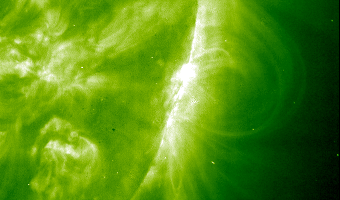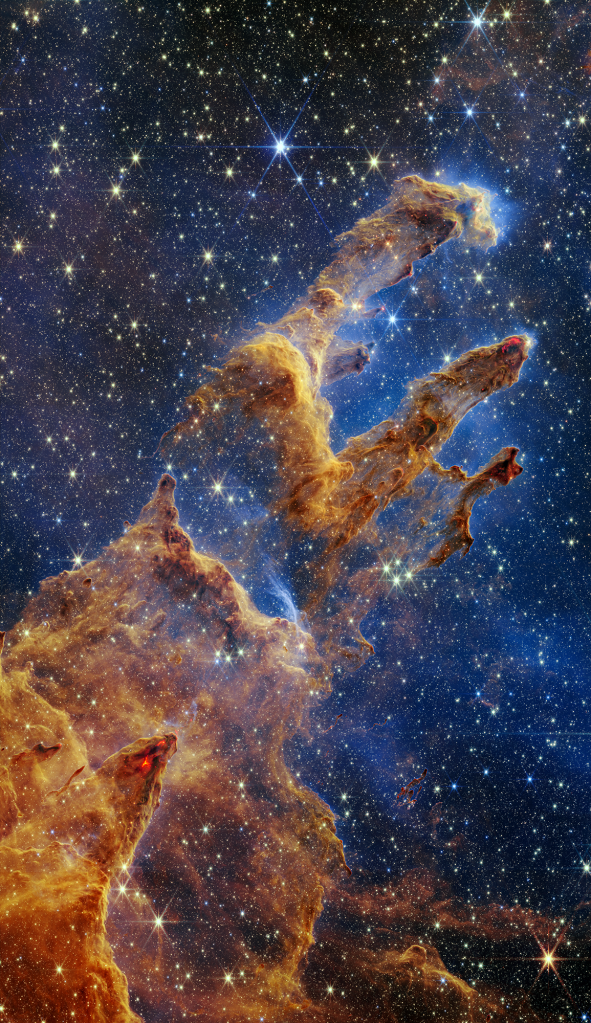Advanced Guiding Question
Why don’t we experience an eclipse each month?
Big Idea 1.1
Educator Background
-
We don't experience eclipses every month on Earth because the orbit of the Moon is tilted with respect to Earth's orbit around the Sun, causing the Sun-Moon-Earth alignment needed for an eclipse to be less frequent. Eclipses only occur around the time of the equinoxes, which is a direct connection with the different orbital planes of Earth and the Moon.
-
Learning Constraints
At the high school level, students are applying math to predict the motion of objects in the Solar System (HS-ESS1-4) and are quantifying Newton's Law of Gravity and Kepler's Laws of Motion (HS-PS2-4).
-
Connect to Heliophysics
Connect to the Sun by having students explore how the motions of Earth and the Moon are controlled by gravity (Newton) and how this determines the duration of eclipses and other variables that affect the appearance of the eclipse, for example the type of eclipse. The elliptical shape of the Moon’s orbit around Earth determines whether we experience an annular or total solar eclipse (Kepler).
-
Extend Exploration
Extend student exploration by investigating why orbits change over time. Have them use their calculations to model how scientists predict future eclipses and to predict when the last total solar eclipse will be possible on Earth.
-
Differentiate for Beginner Learners
Support beginner students by having them develop models for the basic mechanics of eclipses, including the stages of an eclipse (MS-ESS1-2,3).
-
Differentiate for More Advanced Learners
Challenge students at the next level by having them investigate the scientific breakthroughs made by scientists by observing the Sun during a total solar eclipse, including evidence used to prove Einstein's General Theory of Relativity.

Why don't we experience an eclipse each month?
Video Length: 1:55
Search the Resource Database for more videosRecommended Resources
Explore this guiding question with these featured advanced level resources.
Heliophysics Resource Database
Use the guiding question above to explore resources at this level or go directly to our database to search for resources by level, NGSS performance expectation, topic, and mission.
Resource Database





























